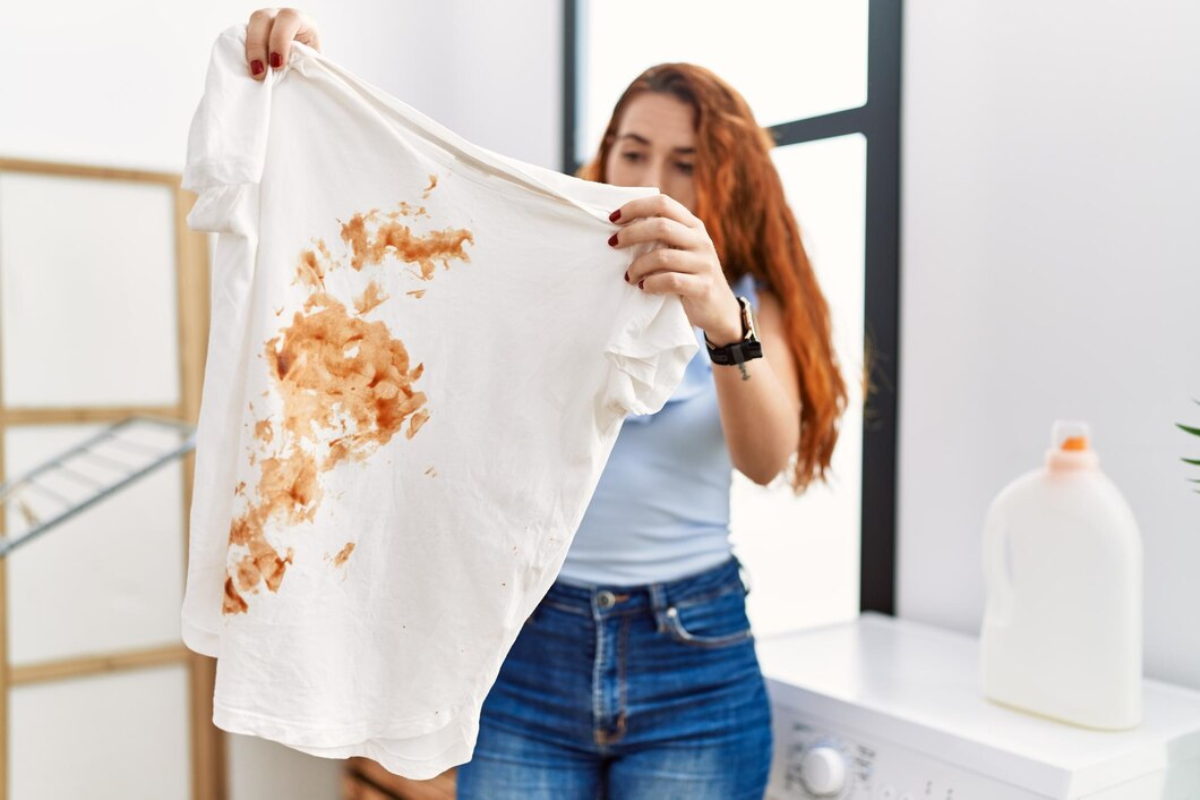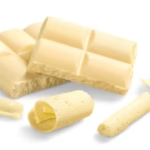Oil stains on clothes are a common problem. Whether it’s from cooking, car maintenance, or accidentally brushing against something greasy, these stains can be frustrating to remove. Knowing how to get oil out of clothes the right way can save your favorite shirt or pants from the trash. In this guide, we will explain why oil stains are so stubborn, what you can do immediately after a spill, and how to treat the stain using simple items you already have at home.
Understanding Oil Stains and Why They’re Hard to Remove
Oil stains are different from many other types of stains. They don’t mix with water and often cling to fabrics. Knowing why they behave this way can help you treat them more effectively.
The Nature of Oil-Based Stains
Oil-based stains come from substances like cooking oil, butter, salad dressing, motor oil, and even some cosmetics. These oils are hydrophobic, meaning they repel water. This is why rinsing with plain water does not work well. Instead of washing away, oil stays stuck to the fabric fibers.
Another issue is that oil can spread. Even a small spot may grow if you try to rub it without treating it properly. That’s why it’s important to treat oil stains quickly and gently using the right approach.
How Fabric Type Affects Stain Removal?
Different fabrics absorb oil in different ways. Cotton, for example, is breathable and absorbent, which makes oil sink in quickly. Synthetic fabrics like polyester and nylon may resist water but can trap oil within the fibers. Delicate fabrics like silk or wool need extra care, as harsh treatments can ruin their texture or color.
When trying to get oil out of clothes, always check the fabric label and adjust your method to suit the material. What works for denim might not work for satin.
What to Do Immediately After the Spill?
Acting quickly is the key to preventing a permanent stain. As soon as you notice oil on your clothes, blot the spot gently using a paper towel or clean cloth. Do not rub, as this can push the oil deeper into the fibers.
If possible, remove the garment and treat the stain right away. The longer the oil sits, the harder it becomes to remove. Avoid placing stained clothes in the laundry basket, as this may cause the oil to set in further.
Household Items That Work for Oil Stains
You don’t always need expensive products to get oil out of clothes. Many common household items work well if used properly.
Dish Soap and Baking Soda
Dish soap is designed to cut through grease, making it one of the best tools for fighting oil stains. Choose clear or mild dish soap with no added dyes or strong scents. Gently apply a small amount to the stained area, and then sprinkle some baking soda on top. Rub gently with an old toothbrush or your fingers, let it sit for a few minutes, and then rinse with warm water.
Cornstarch, Baby Powder, and Chalk
Dry powders like cornstarch, baby powder, or white chalk help absorb oil before it sets in. These are useful when you’re not at home and need a quick fix. Just sprinkle the powder over the stain and let it sit for at least 15 minutes. After that, brush it off and treat the spot with dish soap or laundry detergent.
Using Vinegar and Warm Water Safely
Vinegar can help remove light oil stains, especially on natural fabrics. Mix equal parts vinegar and warm water, then dab the solution onto the stained area using a soft cloth. Let it sit for 10 minutes, then blot dry and wash as usual. Avoid vinegar on delicate or colored fabrics, as it may cause discoloration.
Step-by-Step Guide: How to Get Oil Out of Clothes at Home?
If you’re treating oil stains at home, follow these simple steps:
- Blot the stain gently using a paper towel. Don’t rub.
- Apply a small amount of clear dish soap to the stain.
- Add baking soda over the soap and rub gently with a toothbrush.
- Let the mixture sit for 10–15 minutes.
- Rinse with warm water.
- Wash the garment with laundry detergent in the washing machine.
- Check if the stain is gone before drying. If not, repeat the process.
This method works well for most fabrics and is safe for colored clothing. Avoid putting the clothes in the dryer until the stain is fully removed, as heat can make it permanent.
Washing Machine vs. Hand-Washing: Which Works Better?
Both methods can be effective, but it depends on the fabric and how deep the stain is. Hand-washing gives you more control and allows you to target the stain directly. This is especially useful for delicate fabrics or small stains.
On the other hand, the washing machine is better for larger stains or when the oil has spread. Use warm water and a good-quality detergent for best results. If your washing machine has a pre-soak option, use it to loosen the oil before the wash cycle.
Tips for Tough or Set-In Oil Stains
Some stains may not go away after one wash. If the oil has been sitting for a while, you may need a stronger approach.
When to Soak and When Not To?
Soaking can help in some cases, especially with cotton or other absorbent fabrics. Fill a basin with warm water and a small amount of dish soap or laundry detergent. Soak the stained area for 30 minutes, then rinse and wash. Do not soak silk, wool, or rayon, as water can damage these fabrics.
How Heat Affects the Stain-Removing Process?
Heat can be helpful or harmful. Warm water helps loosen oil, but high heat from the dryer or iron can make the stain permanent. Always treat the stain before using heat. If you must dry the clothing, use a low setting and make sure the stain is gone.
What to Avoid When Treating Oil Stains?
Avoid using bleach, as it doesn’t break down oil and can damage colored fabrics. Don’t use hot water right away, especially without treating the stain first. Also, avoid rubbing the stain too hard, as this can wear out the fabric or push the oil deeper.
Many people make the mistake of drying clothes before checking if the stain is gone. Always air-dry first, and then inspect the spot under good lighting.
Final Thoughts on Getting Oil Out of Clothes
Learning how to get oil out of clothes can save your favorite outfits and reduce waste. The key is to act fast, use the right materials, and treat the stain before it sets. Simple household items like dish soap, baking soda, and even baby powder can do wonders. Always check the fabric type and avoid using heat until you’re sure the stain is gone.
By following these easy steps and understanding how oil interacts with different fabrics, you can handle stains with confidence. With practice and quick action, removing oil from clothes becomes much easier.
FAQs
1. Can oil stains come out after drying?
Yes, but it’s harder. Once the stain has been dried, it may set into the fabric. You may need to repeat the treatment using dish soap and baking soda or a commercial stain remover.
2. Does hot or cold water work better for oil stains?
Warm water works best. It helps loosen the oil without damaging most fabrics. Avoid hot water unless the care label says it’s safe.
3. What’s the best method for delicate fabrics?
Use mild dish soap and cold water. Gently blot the stain and avoid rubbing. For very delicate fabrics like silk, it’s better to take the item to a professional cleaner.
4. How long should you let stain removers sit?
Let them sit for 10 to 15 minutes. This gives enough time to break down the oil. Don’t leave strong cleaners on too long, especially on delicate or colored fabrics.
My name is Mustafa, and I have been blogging for over 5 years. I am passionate about sharing complete, accurate, and helpful information with my readers. Along with managing content on The Matcha Read, I also contribute blog posts to premium websites. My goal is to provide valuable insights in a clear and easy-to-understand way, so every reader walks away with useful knowledge.










